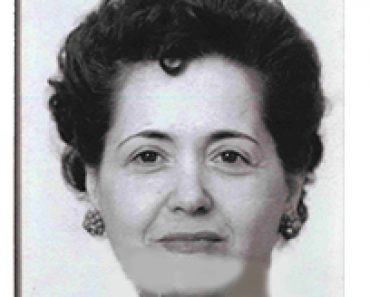
A record-breaking ten-ton vasilopita cake was created at Peristeri, the western suburb of Greece’s capital, and was distributed to the city’s inhabitants.
The vasilopita consisting of more than 70,000 thousand pieces and containing hundreds of lucky coins was set up on the main street of Peristeri on Monday.
The cake was created by two hundred people from dozens of neighborhood bakeries and in collaboration with the Bakers Guild of Athens, Suburbs & Surroundings.
Ingredients used for the record-breaking vasilopita in Greece
Ingredients used to preserve the Greek tradition were: Flour (5.9 tons), Sunflower oil (1900kg), Eggs (5700 pcs), Powdered sugar (620kg), Sugar (600kg), Cognac (85lt) and Ground cinnamon (75kg).
Those who found a lucky coin in their piece of cake would go to the Municipality Hall to receive a present, as Greek tradition dictates.
Origins of Vasilopita, Greece’s New Year’s tradition
The story of the Greek Orthodox custom of the vasilopita with the lucky coin inside begins in Asia Minor, and more specifically in the city of Caesarea in Cappadocia, more than 1,600 years ago.
This was when Basil the Great, who later became a saint, was bishop of Caesarea.
Basil was one of the giants of the early Christian Church. He was responsible for the victory of Nicene orthodoxy over Arianism in the Byzantine East, and the denunciation of Arianism at the Council of Constantinople in 381 to 382 was in large measure due to his efforts.
Basil fought simony, aided the victims of drought and famine, strove for a better clergy, insisted on a rigid clerical discipline, fearlessly denounced evil wherever he detected it, and excommunicated those involved in the widespread prostitution traffic in Cappadocia. He was learned, accomplished in statesmanship, a man of great personal holiness, and one of the great orators of Christianity. His feast day is January 1st.
The story of the lucky coin in the vasilopita originates from the time of the prefect of Cappadocia; a true tyrant, who asked for all the treasures of the city of Caesarea to be delivered to him. Otherwise, he would besiege the city to conquer and loot it.
Basil, as bishop, prayed to God all night to save the city. The next morning, the prefect’s army surrounded the city of Caesarea. The prefect entered the city with his guard and asked to see the Bishop. The angry prefect demanded that he be given all the gold of the city as well as any other treasures that they kept.
The Bishop replied that the people of his city had nothing but hunger and poverty, so they had nothing to give to the prefect. Upon hearing those words, the tyrant was infuriated and threatened to oust the Bishop from his homeland and even kill him.
The Christians of Caesarea loved their Bishop and wanted to help him. Hence, they gathered all the gold they had in their possession, put it in inside a chest, and offered it to Basil so that he could give it to the ruthless prefect.
The tyrant was impatient, however, and, upon Basil’s first reply, he ordered his army to attack the poor people of the city.






